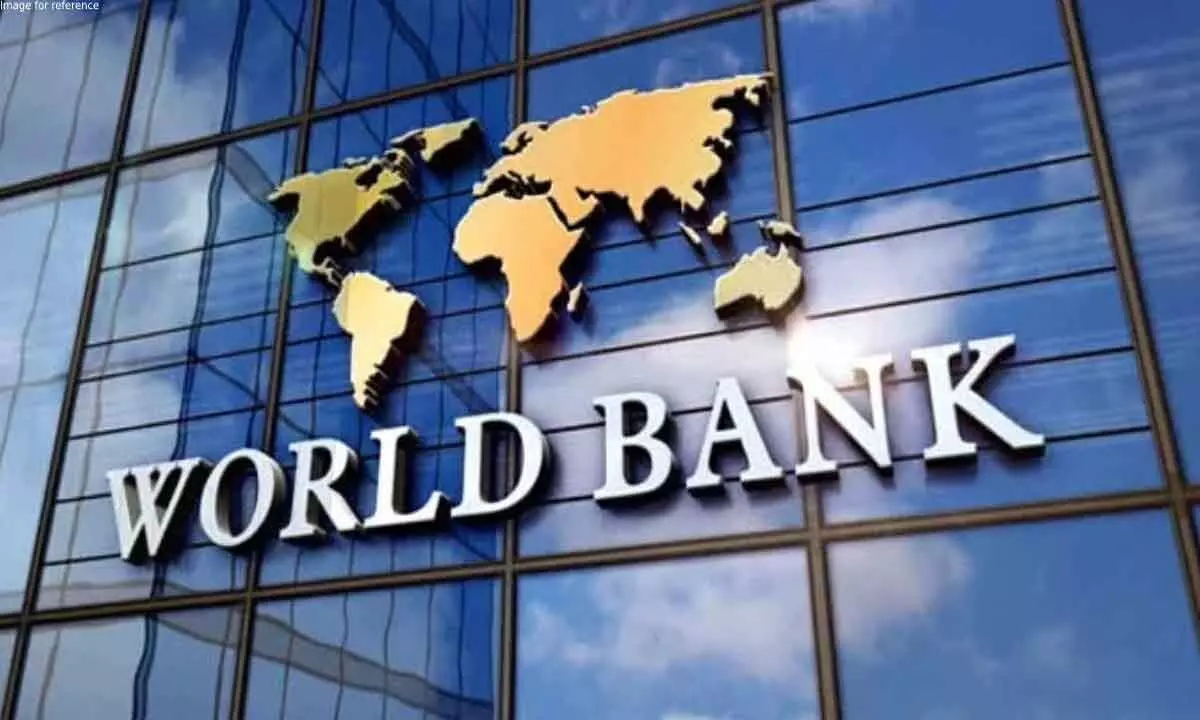World Bank expects India’s fiscal consolidation to continue in FY23/24
image for illustrative purpose

India continues to show resilience and the challenging global environment, according to World Bank’s latest ‘India Development Update (IDU)’, while it was one of the fastest-growing major economies in FY22/23 at 7.2%. The growth rate was the second highest among G20 countries and almost twice the average for emerging market economies. This resilience was underpinned by robust domestic demand, strong public infrastructure investment and strengthening of the financial sector.
Bank credit growth increased to 15.8% in the first quarter of FY23/24 compared with 13.3% to the corresponding figure in FY22/23. The IDU opines that global headwinds will intensify due to high global interest rates, geopolitical tensions and a sluggish global demand, implying that the global economic growth will slow down over the medium term. In this context, the World Bank forecasts India’s GDP growth for FY23/24 to be at 6.3%, ostensibly due to external conditions and waning pent-up demand. However, service sector activity is expected to remain strong with growth of 7.4% and investment growth is also projected to remain robust at 8.9%.
Adverse weather conditions contributed to a spike in inflation in recent months. Headline inflation rose to 7.8% in July due to a surge in prices of food items like wheat and rice. Inflation is expected to decrease gradually as food prices normalize and government measures boost supply of key commodities. The World Bank expects fiscal consolidation to continue in FY23/24 with the central government fiscal deficit projected to continue to decline from 6.4% to 5.9% of GDP.
Public debt is expected to stabilize at 83% of GDP. On the external front, the current account deficit is expected to narrow to 1.4% of GDP. It will be adequately financed by FDI flows and large foreign reserves. The October 2023 edition titled ‘Toward Faster, Cleaner Growth’ shows growth in South Asia is higher than any other developing nations’ region, but slower than its pre-pandemic pace and not fast enough to meet its development goals. The report also includes short and long-term policy recommendations for countries in the region to manage fiscal risks and accelerate growth, including by boosting private sector investment and seizing opportunities created by the global energy transition. The economic setbacks of Covid-19 resulted in the largest increase in global extreme poverty in decades.
Global poverty has now receded to levels closer to those prior to the pandemic, but this means that we have lost three years in the fight against poverty. The recovery is also uneven: while extreme poverty in middle-income countries has decreased, poverty in the poorest countries and countries affected by fragility, conflict or violence is still worse than before the pandemic. In 2023, 691 million people (or 8.6% of the global population) are projected to live in extreme poverty (below $2.15/day), which is just below the level prior to the start of the pandemic.
Put differently, we have made almost no progress in the fight against poverty since 2019. In a world without the pandemic, poverty today would probably be significantly lower. The latest South Asia Development Update forecasts growth to slow at 5.6% in 2024 and 2025, as post-pandemic rebounds fade and a combination of monetary tightening, fiscal consolidation and reduced global demands weigh on economic activity.

